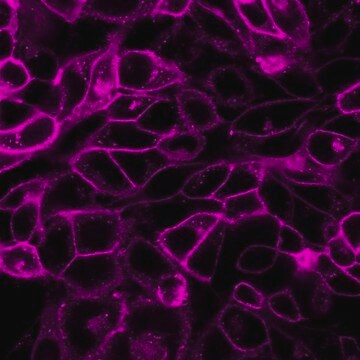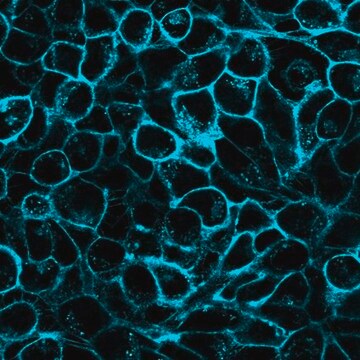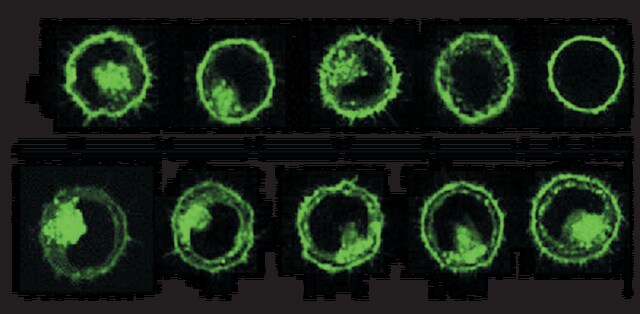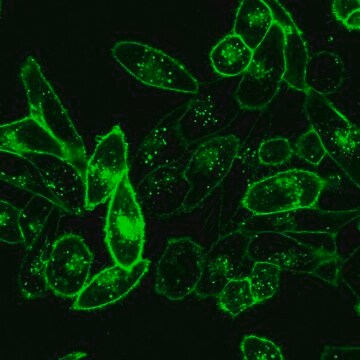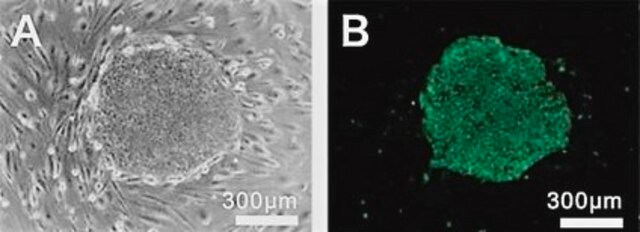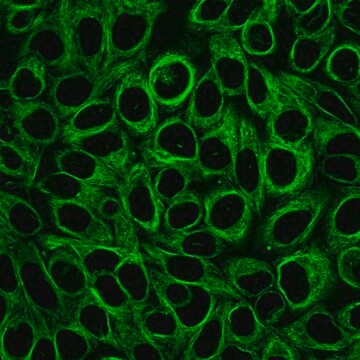Key Documents
MIDCLARET
CellVue® Claret Far Red Fluorescent Cell Linker Midi Kit for General Membrane Labeling
Distributed for Phanos Technologies
Synonim(y):
Far red membrane probe kit
About This Item
Polecane produkty
producent / nazwa handlowa
Distributed for Phanos Technologies
Poziom jakości
warunki przechowywania
protect from light
metody
flow cytometry: suitable
fluorescencja
λex 655 nm; λem 675 nm
Zastosowanie
cell analysis
detection
metoda wykrywania
fluorometric
Warunki transportu
ambient
temp. przechowywania
room temp
Zastosowanie
Działania biochem./fizjol.
Opakowanie
Powiązanie
Informacje prawne
Patent Information
Hasło ostrzegawcze
Danger
Zwroty wskazujące rodzaj zagrożenia
Zwroty wskazujące środki ostrożności
Klasyfikacja zagrożeń
Eye Irrit. 2 - Flam. Liq. 2
Klasa zagrożenia wodnego (WGK)
WGK 1
Certyfikaty analizy (CoA)
Poszukaj Certyfikaty analizy (CoA), wpisując numer partii/serii produktów. Numery serii i partii można znaleźć na etykiecie produktu po słowach „seria” lub „partia”.
Masz już ten produkt?
Dokumenty związane z niedawno zakupionymi produktami zostały zamieszczone w Bibliotece dokumentów.
Klienci oglądali również te produkty
Produkty
Lipophilic cell tracking dyes enable cancer biologists to track tumor and immune cell functions both in vitro and in vivo. Read the article to choose a right membrane dye kit for cell tracking and proliferation monitoring.
Optimal staining is a key component for studying tumorigenesis and progression. Learn useful tips and techniques for dye applications, including examples from recent studies.
PKH and CellVue® Fluorescent Cell Linker Kits provide fluorescent labeling of live cells over an extended period of time, with no apparent toxic effects.
Nasz zespół naukowców ma doświadczenie we wszystkich obszarach badań, w tym w naukach przyrodniczych, materiałoznawstwie, syntezie chemicznej, chromatografii, analityce i wielu innych dziedzinach.
Skontaktuj się z zespołem ds. pomocy technicznej

